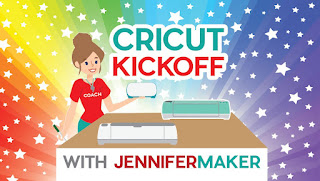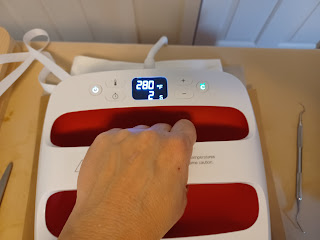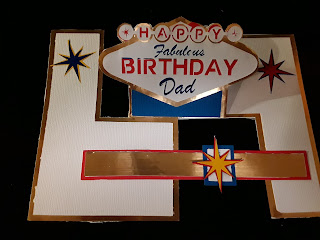Body pillows are extra long pillows commonly used by side sleepers who like having their knees and arms propped up when sleeping on their sides. The pillows are typically about 18" x 48" (plus or minus a bit), and require longer than standard pillow cases. The pillow cases that come with the body pillows don't always stay on well, and usually don't come in colors that match your duvet or room decorations.
For our body pillows, I decided to create zippered pillow cases using fabrics that we thought were fun. First, measure your body pillow - they all are not exactly the same size. I wrapped my measuring tape around the pillow and divided by two. I then took that number and added 3" ease. This provides 1" of seam allowance (1/2" x 2, because 1/2" for each end), plus 2" extra to make it easier to pull over the pillow. The extra also allows for shrinkage of the fabric (I always prewash my fabrics because they can shrink, and sometime 100% cotton will shrink in subsequent washes and dryer sessions).
To remove the selvages efficiently, snip about 1" inward, then grab the selvage and pull the length of the fabric, tearing along the line you started.
The selvages will tear away along one of the grain threads producing a straight "cut" edge. You will still want to iron the edges to remove any waves that are created when tearing the fabric. Snip and tear along the other direction to create two rectangles of the dimensions required for your pillow.
My pillow measured 36" x 96" (for full circumferences), so my rectangles turned out to be (36/2) + 3 = 21" by (96/2) +3 =51". If you want to make it a little wider or longer to avoid leaving scrap fabric, you can - it's OK to have a pillowcase that's oversized, just don't make it too much larger than required.
Align the front and back - check that the design is oriented the right way for each side. The zipper goes on the short end and usually the zipper end is considered "top" for one way designs. If you have a print that works the other way, confirm that the fabric is oriented the way you want it to be before sewing anything.
Lay the zipper on one piece of the fabric right side facing right side of fabric. You can pin the zipper to the fabric, if desired.
Attach a zipper foot, aligning the needle on the left, and the zipper/fabric also to left. Stitch close to the zipper teeth (not so close that it's "too close" such that the zipper can't function, but not way far outside where the zipper is barely held on the fabric).
Flip the zipper to the back so that you see the right side of both zipper and fabric. Straighten everything and iron with steam iron to press the fabric in place. The fabric should be about 1/8" (plus or minus a bit) away from the zipper. Check that the zipper pull can freely move back and forth without catching on your fabric.
Topstitch about 1/8" from the fold to hold the fabric in place so it won't creep up and catch in the zipper.
Lay the second pillowcase piece down over the first piece and zipper. Ensure that the left and right sides are aligned. The top of the back piece should align with the zipper tape edge.
Using the zipper foot, stitch along the zipper tape close to the zipper.
Unfold the backside and align along zipper tape. Use your iron to press in a crease to keep the fabric in place. Topstitch to match the other side and to keep the fabric of the back side from getting caught in the zipper. You can test the zipper by unzipping and zipping the zipper tape. If it gets stuck, you may have to unstitch some top stitching and restitch it further from the zipper teeth.
Unzip the zipper about half way.
Align the ends of the zipper on the open side. Pin in place.
With regular sewing machine, stitch from the zipper about 1/2" then reverse to the beginning and stitch all the way to the end of the pillowcase. The reverse here locks the zipper closed.
Repeat on the other end of the pillowcase.
Double-check that you left the zipper at least half open! (last chance to fix if you missed that)
Finally, stitch across the bottom of the pillowcase.
I prefer to have most of the inner edges serged so that the fabric doesn't unravel.
Ensure that the serger's needles are at their higest point, then lift the serger's presser foot and put the pillowcase under the foot so that the zipper tape is at the needle (cutting zippers with serger knife is not recommended, so we serge from beyond the zipper). Serge the seam to finish the edges.
Repeat on other side.
Finally, serge along the bottom of the pillowcase.
Reach through the opening of the zipper and turn right side out.
Iron flat along all sides.
DONE!!
Pillowcase with pillow inserted (zip up the zipper to ensure that pillowcase stays on pillow!)
Both pillowcases I made. Note that one pillow is shorter and narrower than the other. This is because they are not all exactly the same length or width.
Enjoy your new pillowcase!!
HAPPY SEWING!





























































